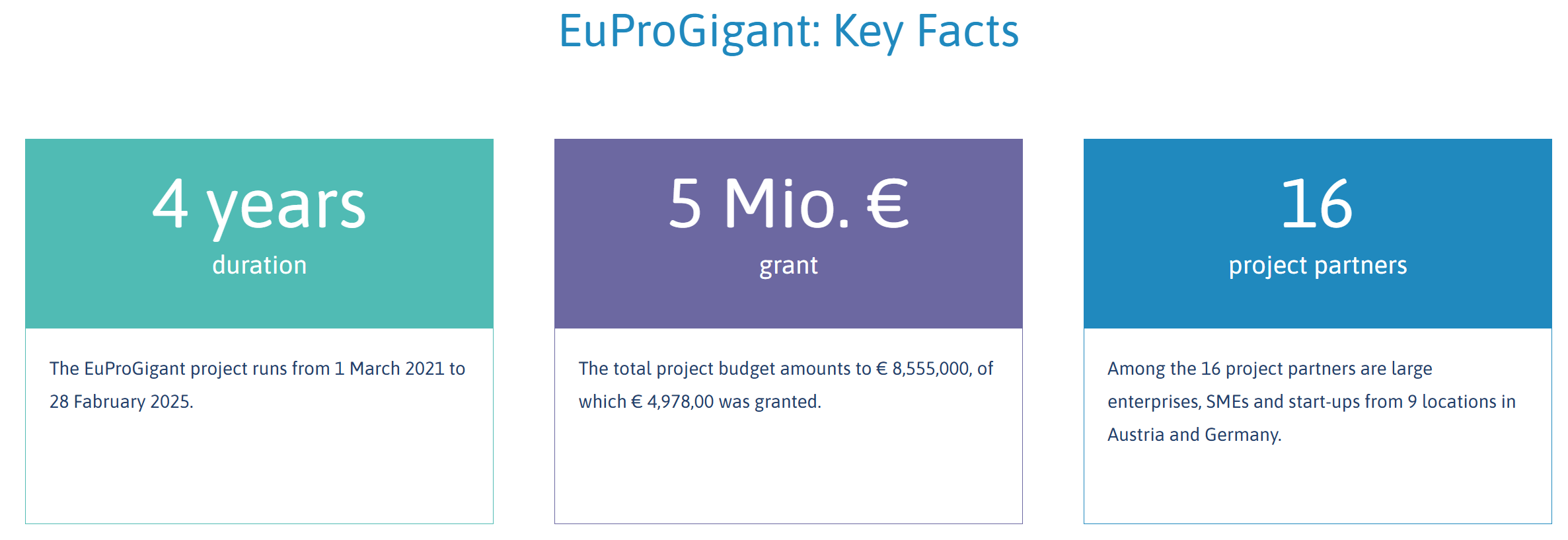With Circular DigiBuild, a consortium that involves an array of Danube Region States fom 2024 to 2026 is aiming at boosting digitalization and sustainability of the construction sector in the Danube Region. Being a rather risk-averse sector that has not been exposed to technology change over the last decades in the way that many other industries were, transformation is an issue that requires trust and support in the construction sector. With a combination of AI application and circular economy changes, the project aims at showing enterprises and construction stakeholders ways to reform the way they operate and increase future readiness for the sector in the Danube Region.
Incorporating a quadruple-helix approach to include all relevant stakeholders, Circular DigiBuild is a PA 8 Lighthouse because it helps the competitiveness of enterprises by its closeness to the reality of the construction sector while at the same time, by means of two different pilot systems, fostering active technology uptake and forward-thinking in a way that not only considers, but apply Circular Economy strategies. Adding another layer, the project is identifying policy barriers and developing recommendations in order to make policy frameworks more useful for the changes in the construction sector that lay ahead.
All other information can be found in the presentation (click link below) or, in more detail, in the PA 8 Lighthouses Study Document.
Presentation: Circular DigiBuild
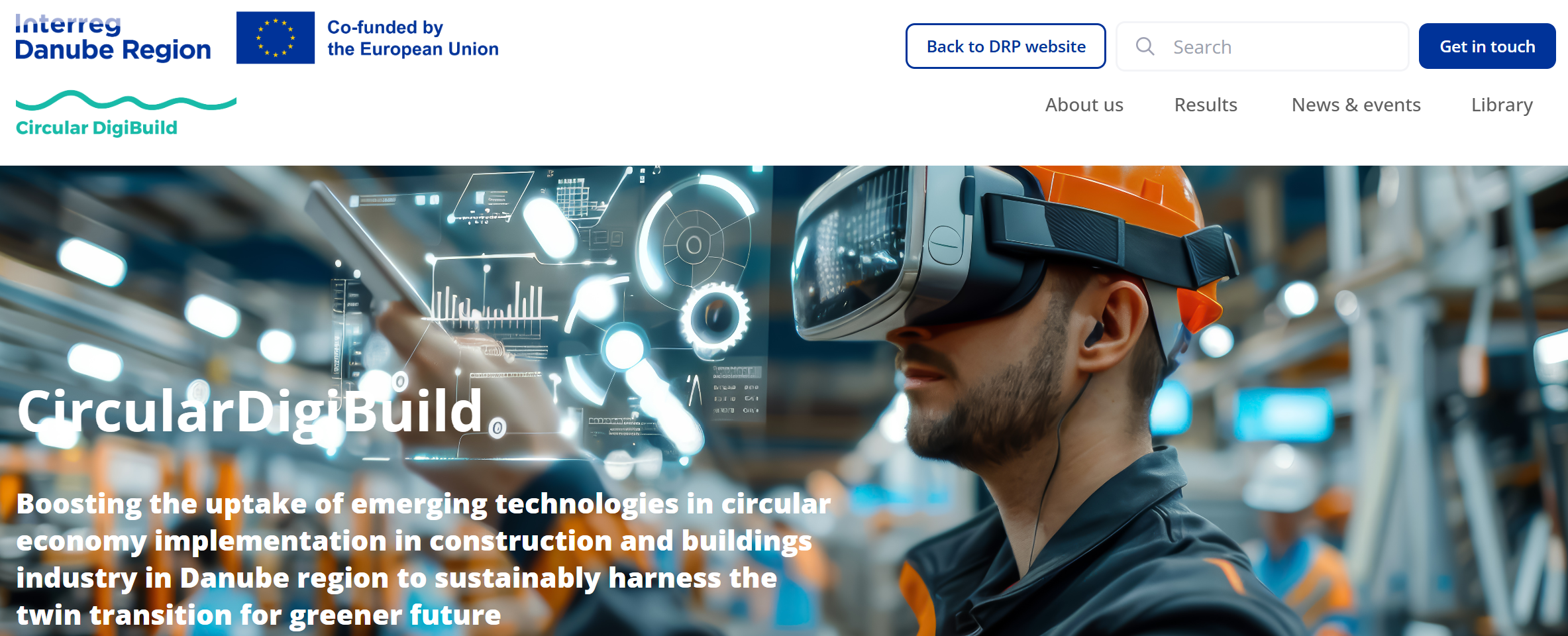
The CITADELS project aims to contribute to transforming the seven EU widening countries (six of which are part of the EUSDR Danube Region) represented in the project into CITADELS of human-centric Industry 5.0 development – Citadels meaning strongholds of a new kind of industry that focuses on the well-being of workers as much as on efficiency and therefore effectively combines both objectives. CITADELS focuses on talent circulation, creating attractive career pathways in DeepTech and building the capacity of local ecosystems to adopt cutting-edge technologies.
The project’s main activities include, among many others, secondments of DeepTech talent in the frame of a cross-sectoral, cross-border, and cross-disciplinary exchange; and several post-secondment career boosting support activities. The reason for CITADELS becoming an EUSDR PA 8 Lighthouse is simple: It combines DeepTech application with Danube Region-focused talent circulation and support in a specific field that tends to be shaped by Brain Drain intensively. In the end result, it is able to provide an impact that actively helps Danube Region talent find a perspective to stay.
All other information can be found in the presentation (click link below) or, in more detail, in the PA 8 Lighthouses Study Document.
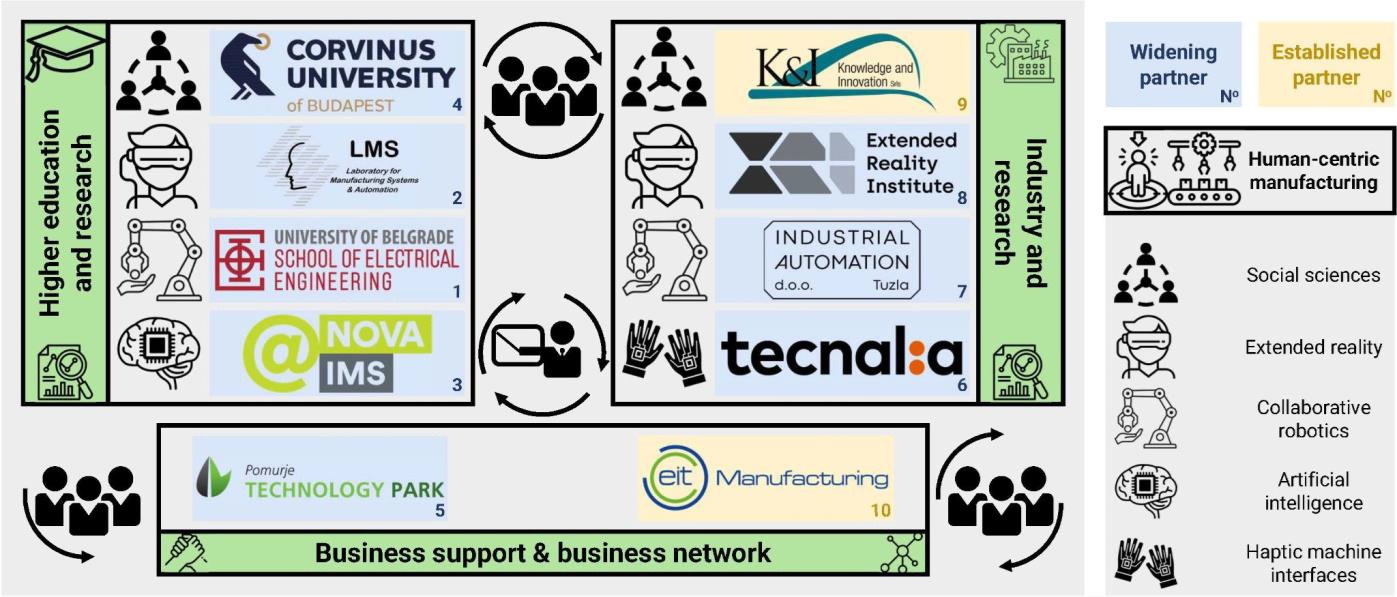
The Croatian Artificial Intelligence Association (CroAI) is a networking and support organization of the Republic of Croatia that brings together companies, startups, and experts in the field of artificial intelligence in Croatia, aiming to promote the development and application of AI technologies across various industries. Its main goals are supporting the responsible development and application of AI, promoting Croatia as a competitive AI ecosystem, and contributing to shaping AI policy at the national and European level. CroAI incorporates a project-based funding structure, with individual project goals to be pursued accordingly.
This national initiative became an EUSDR PA 8 Lighthouse, because it takes up community building in a field that is dynamic but fragmented and often shaped by a lack of partnerships that really set new initiatives in motion. Such initiatives, at the same time considering a resourceful and ethical AI uptake, are needed throughout Europe in order to connect supply and demand, contact and contact. Examples of concrete offers of the initiative lately are EDIH co-lead, AI literacy programs and coordinating AI policy dialogue in Croatia. Moreover, supporting local talent with regard to shaping the future of AI plays an important role in the organization’s portfolio.
All other information can be found in the presentation (click link below) or, in more detail, in the PA 8 Lighthouses Study Document.
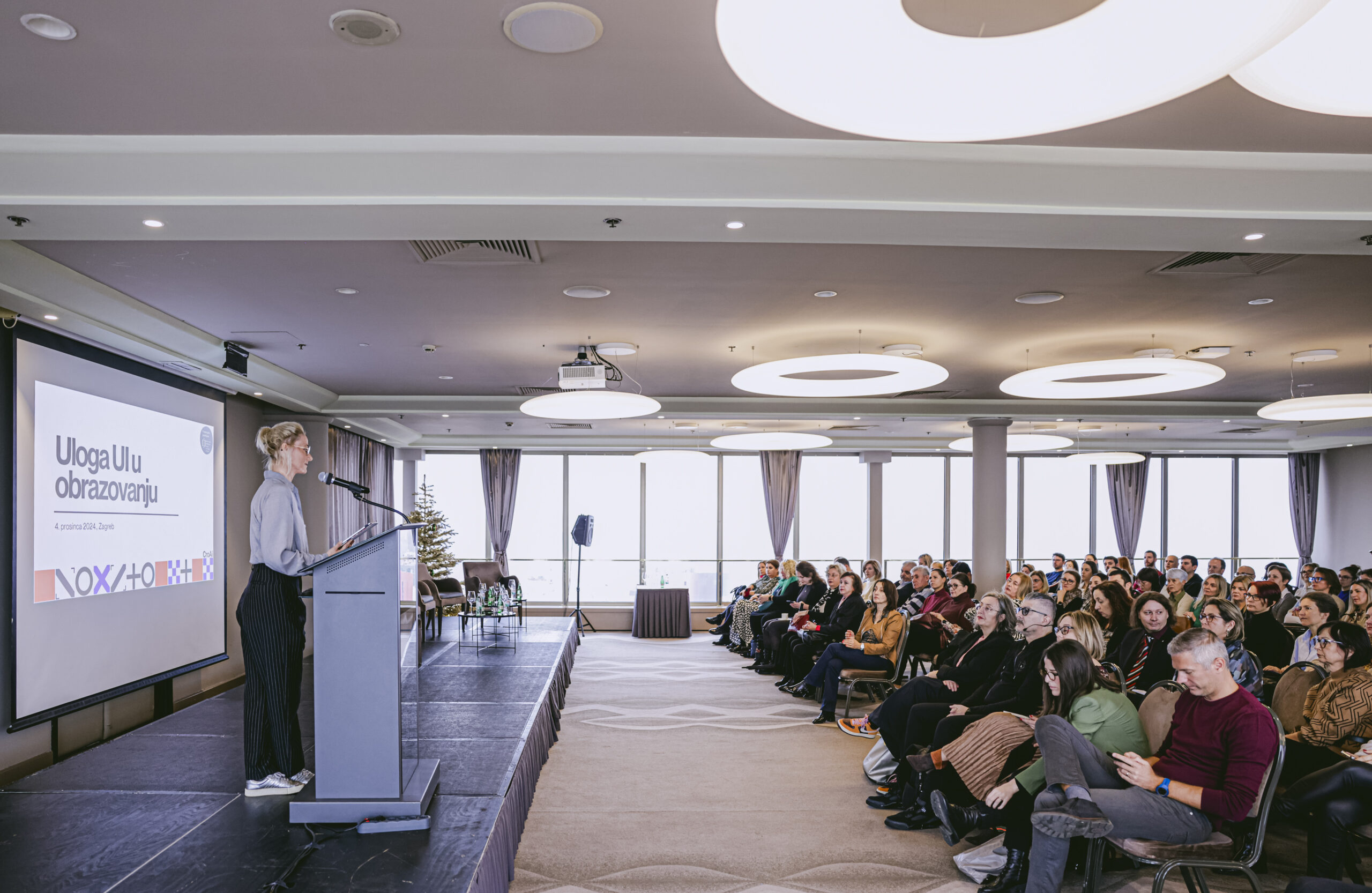
In this project, among many other things, AI, machine learning, digital twins and robotics are brought to their application real environments – in this case: farms. The main work packages of DIH Agrifood Demonstration Farms are the implementation of new technologies, services and equipment in farming, also including the use of advanced digital platforms and tools, moreover, the integration of farmers and other stakeholders in the DIH Agrifood Data Space, as well as raising knowledge, awareness and skills through several support services and knowledge transfer. Last but not least, support with regard to financing and funding plays a major role in the project.
This wholesome approach makes DIH Agrifood Demonstration Farms a sort of one-stop shop application of a broad project idea that provides farmers with all the necessary support to tackle the transformation of their own businesses – which is in the interest of competitiveness of enterprises in the Danube Region and the reason for it becoming an EUSDR PA 8 Lighthouse.
By invitation of EUSDR PA 8, the DIH Agrifood Demofarms project was presented by Mr. Daniel Copot at the Metaverse Congress in Stuttgart on May 8th, 2025. All other information can be found in the presentation (click link below) or, in more detail, in the PA 8 Lighthouses Study Document.
Presentation: DIH AGRIFOOD Demonstration Farms

This project focuses on the development of smart, resilient, socially sustainable and competitive factories of the future, where people work with the help of advanced technological solutions. Coordinated by Pannon Business Network in Hungary, it examines people as smart and skilled workers (operators, technicians, supervisors and managers) who cooperate in human-centered cyber-physical production systems with the help of automation, robotics and artificial intelligence-based technologies.
The generated and further possible impact is obvious: The division analyzes industrial activities comprehensively to develop optimal solutions through human-technology interaction for improved operational performance. It evaluates safety and ergonomics to reduce physical and mental strain and ensure compliance with occupational regulations. These results, in the end result, also have the potential to make employers more attractive to skilled workers seeking modern industry jobs – and therefore are in the interest of the competitiveness of enterprises, which is why the projects has been chosen as an EUSDR PA 8 Lighthouse.
By invitation of EUSDR PA 8, the the Industry 5.0/Operator 4.0 project was presented by Mrs. Krisztina Bardos at the Metaverse Congress in Stuttgart on May 8th, 2025. All other information can be found in the presentation (click link below) or, in more detail, in the PA 8 Lighthouses Study Document.
Presentation: Industry 5.0: Operator 4.0
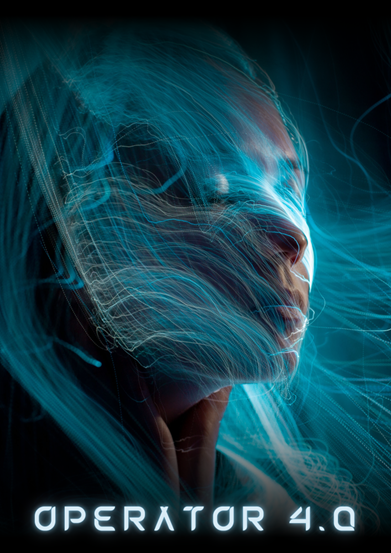
This project is focused on creating a structured system in the field of training and reactions in risk situations involving members of the Police using Virtual Reality (VR) application. Two different modules mark the core of the project activities: Module 1 focuses on training procedures leading to more efficient business interventions and criminal procedures, whereas Module 2 involves testing the management of the correct behavior in selected security situations. The software developed within the frame of the project will make it possible to simulate various types of scenarios and event variants with regard the many facets of the criminal world.
VR training is a low-cost change that is beneficial to training schedules and most easily replicable and scalable (for example in terms of the complexity of the situation at hand) at the same time. For the latter reason, the project can rightfully be called an EUSDR PA 8 Lighthouse. The modular configuration of the project is one of its main strengths: The logic of the scenarios can be modified in which more complex situations can be simulated. Therefore, the wide range of application options is obvious.
All other information can be found in the presentation (click link below) or, in more detail, in the PA 8 Lighthouses Study Document.
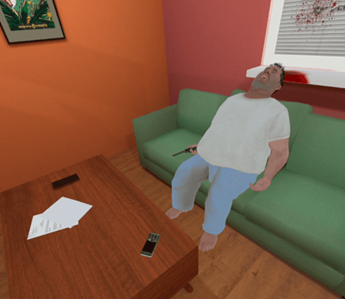
The OPTIMUM project, short for “Optimization of Manufacturing and Transportation Infrastructure Processes through Artificial Intelligence Methods”, aims to develop and enhance integrated monitoring and control systems. It focuses on optimizing production and transportation infrastructure by processing sensor data and monitoring activities to predict failures, improve efficiency, and minimize environmental and financial costs. The project is a collaboration between the Constantine The Philosopher University in Nitra, PROUNION a.s., and TTC s.r.o. in Slovakia.
The project’s mission is to leverage AI, IoT, and machine learning to transform industrial automation and support the digitalization of the economy. By integrating predictive analytics and automation, it seeks to enhance operational efficiency, reduce energy consumption, and improve safety in manufacturing and pipeline transport systems. All of these are closely aligned with the goal of increasing the competitiveness of enterprises in the Danube Region, which accounts for OPTIMUM being chosen as an EUSDR PA 8 Lighthouse.
All other information can be found in the presentation (click link below) or, in more detail, in the PA 8 Lighthouses Study Document.
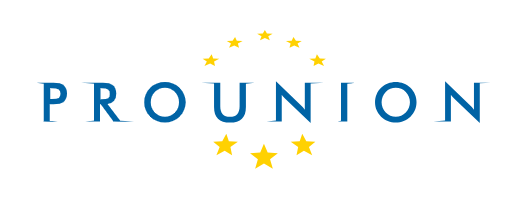
The VIRADIA project, led by GAMETHERAPY s.r.o. in Slovakia, is an innovative digital solution integrating virtual reality (VR) and artificial intelligence (AI) to revolutionize neurological diagnostics. The project focuses on detecting early symptoms of diseases such as Parkinson’s disease, Alzheimer’s disease, and multiple sclerosis by allowing patients to perform standardized diagnostic tests from home. It provides precise diagnostic insights through VR-based tests and AI-driven data analysis, offering a non-invasive and user-friendly diagnostic tool.
The project not only generates an impact in terms of technology uptake, transfer and future application, but also with reference to access to medical solutions for people far off city medical infrastructure and people with limited mobility. Nevertheless, the solution also clearly shows a path for possible future AI and VR industries and therefore a path for new value chains and markets, resulting in an opportunity for the increase of competitiveness of enterprises in the Danube Region. Therefore, VIRADIA was chosen as an EUSDR PA 8 Lighthouse.
By invitation of EUSDR PA 8, the VIRADIA project was presented by Mr. Andrej Gero of GAMETHERAPY at the Metaverse Congress in Stuttgart on May 8th, 2025. All other information can be found in the presentation (click link below) or, in more detail, in the PA 8 Lighthouses Study Document.

The DAP Project represents an upgrade of previously started research that is continuously implemented by the Faculty of Agriculture of the University of East Sarajevo in cooperation with various partners, and the subject of which is the creation, testing and implementation of Information and Communication Technology Solutions (ICT solutions) in greenhouse agricultural production. The main project activities include the implementation of an online monitoring system for greenhouse vegetable solutions, a online observation and controlling platform for the same purpose and many other knowledge transfer and extension activities.
For the reason of its on-the-ground approach to innovation in a sector that lacks the widespread uptake of digital technology so far, DAP was chosen as a PA 8 Lighthouse for Bosnia and Herzegovina. Even though not introducing exclusively new technology, the idea of bringing technology application together with user-friendly platforms like DAP aims at is an important booster for the competitiveness of enterprises in the Danube Region.
All other information can be found in the presentation (click link below) or, in more detail, in the PA 8 Lighthouses Study Document.
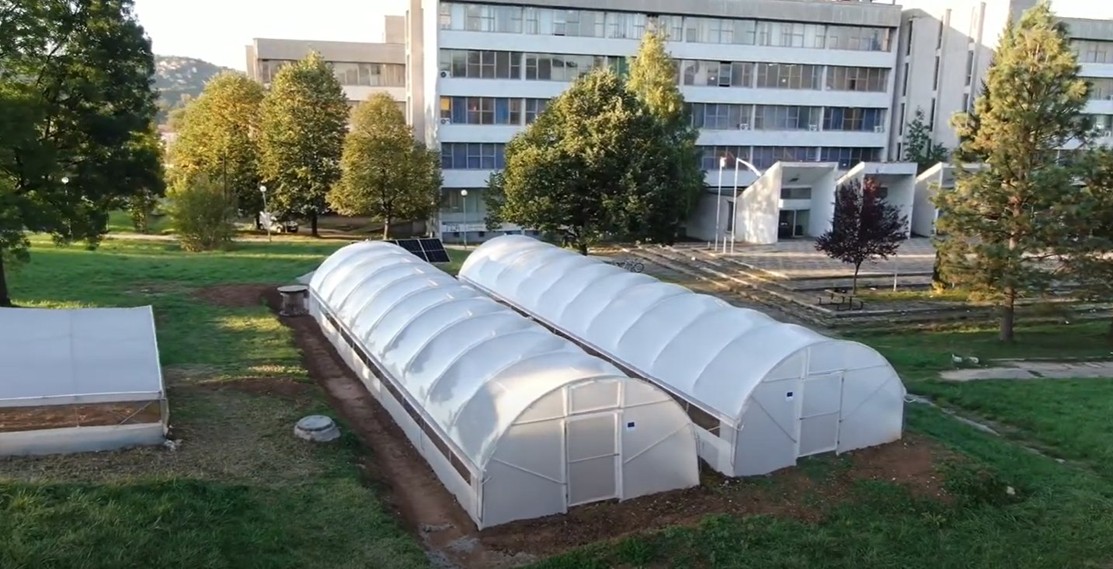
EuProGigant is a research project carried out by an Austro-German project consortium which aims to build a multi-location, digitally connected manufacturing ecosystem. The main goal is to show the options for value chain creation and general development by the adaptation of a more smart and sovereign use of data. Funded by Austrian an German Ministries as well as DLR and FFG, and involving many Austrian (and beyond) manufacturing partners, the project is an implementation-oriented beacon of smart, resilient and sustainable manufacturing in Europe by piloting the analysis of own production processes and therefore generating more efficient data stream value chains targeted towards enterprise application.
The project was chosen as an EUSDR PA 8 Lighthouse because it empowers the European industry and supports its contribution to the sustainable development of Europe – which is fundamental for the competitiveness of enterprises. Specifically, EuProGigant illustrates the technological and economical use of the open, European multi-cloud infrastructure GAIA-X, which makes it a pilot for the Danube Region and the EU in total in a situation of large-scale dependency on outside services, which is strongly in line with the EU’s strategic autonomy interests.
All other information can be found in the presentation (link below) or, in more detail, in the PA 8 Lighthouses Study Document.
